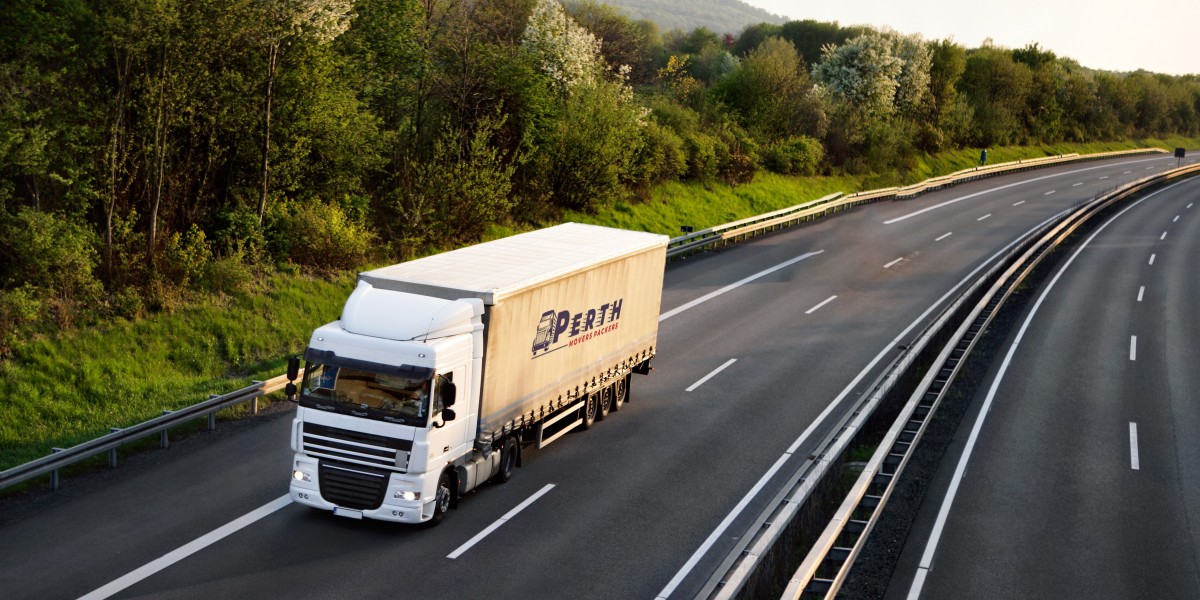If you’ve ever walked across your lawn in winter and felt your boots sink straight into a patch of soggy, mud-laced grass, you’ll know the frustration. Some lawns simply can’t cope with New Zealand’s wet months and daily foot traffic — especially in households with kids, pets, or guests constantly coming and going. After years of dealing with patch repairs and waterlogged soil, I finally made the switch to artificial grass, and I haven’t looked back.
What surprised me most wasn’t just the appearance or low maintenance — it was the massive difference in drainage and the near-total elimination of mud.
Why Natural Grass Fails in High-Traffic Areas
Even well-kept lawns start to suffer when heavily used. Repeated compression from footsteps compacts the soil underneath, squeezing out air pockets and making it harder for water to soak through. That’s when pooling begins — and when it’s cold or wet, it turns to slop.
What’s worse, the more your lawn floods and wears down, the harder it is for the grass to recover. Before long, bare patches form, weeds creep in, and you’re back at square one.
The Smart Drainage Design Behind Artificial Grass
Modern artificial grass systems use a base layer designed specifically for drainage. Beneath the turf is a permeable backing, laid over a compacted sub-base of free-draining aggregate. It’s a layered system that encourages water to move down and away, instead of pooling on top.
That means no more boggy patches or runoff streams after a downpour — even in high-use zones like:
- Side paths where foot traffic is constant
- Pet relief areas
- Backyard trampolines or sports areas
- Outdoor entertaining spots
At my place, the patch outside the back door used to turn into a mud pit every winter. Now, no matter how wet it gets, water drains straight through and the surface stays firm and dry.
Year-Round Access Without the Mess
One of the best things about installing artificial turf is the consistency. It’s not just about making your yard look better — it makes it usable in all weather. I can let the kids kick a ball around, set up the barbecue, or let the dog out without worrying about mess or turf damage.
There’s also no more need to keep everyone off the lawn after a rain. With artificial grass, it’s dry underfoot almost immediately.
Helping Protect Indoor Floors, Too
Here’s something you might not have thought about: reducing the amount of mud and debris being tracked into the house. With natural lawns, wet seasons mean constant sweeping, mopping, and carpet cleaning. Switching to artificial turf around entryways or patios cuts down on all that cleaning — and protects your flooring investment inside the home, too.
Final Word
If you’re tired of dealing with muddy footprints, ruined patches of lawn, or soggy garden paths, artificial grass might be more than just a cosmetic fix — it could be a long-term solution for drainage and durability. It’s designed to handle high traffic without compromising appearance or function, making it perfect for the realities of everyday Kiwi life.






